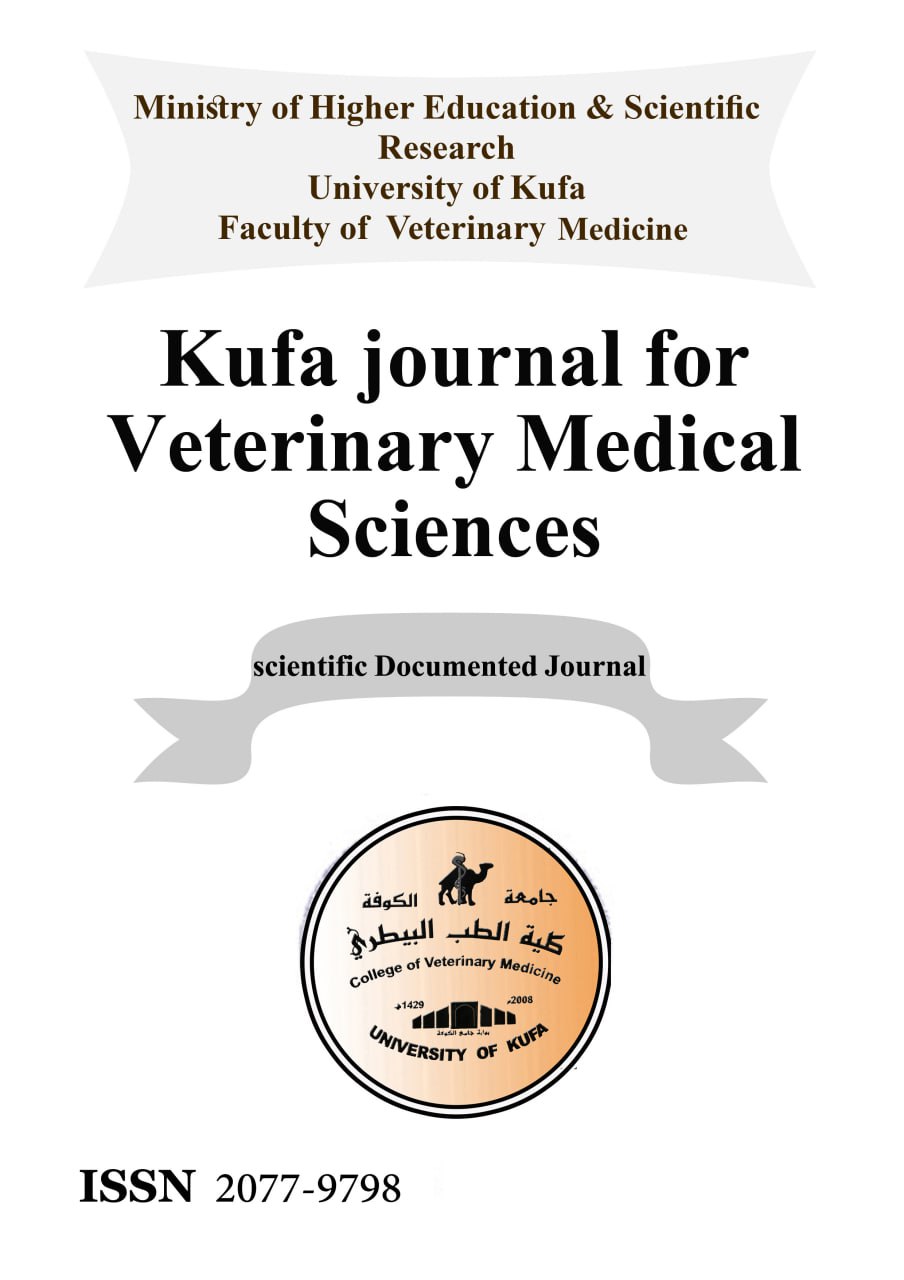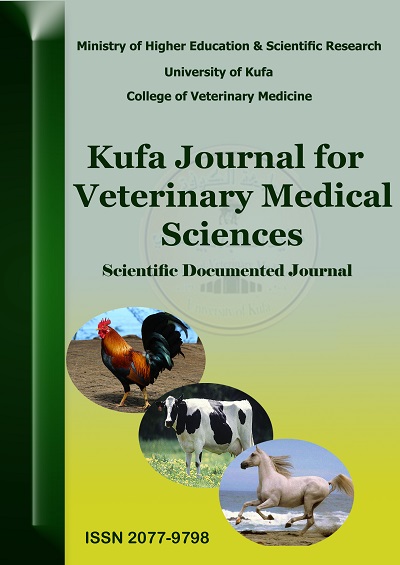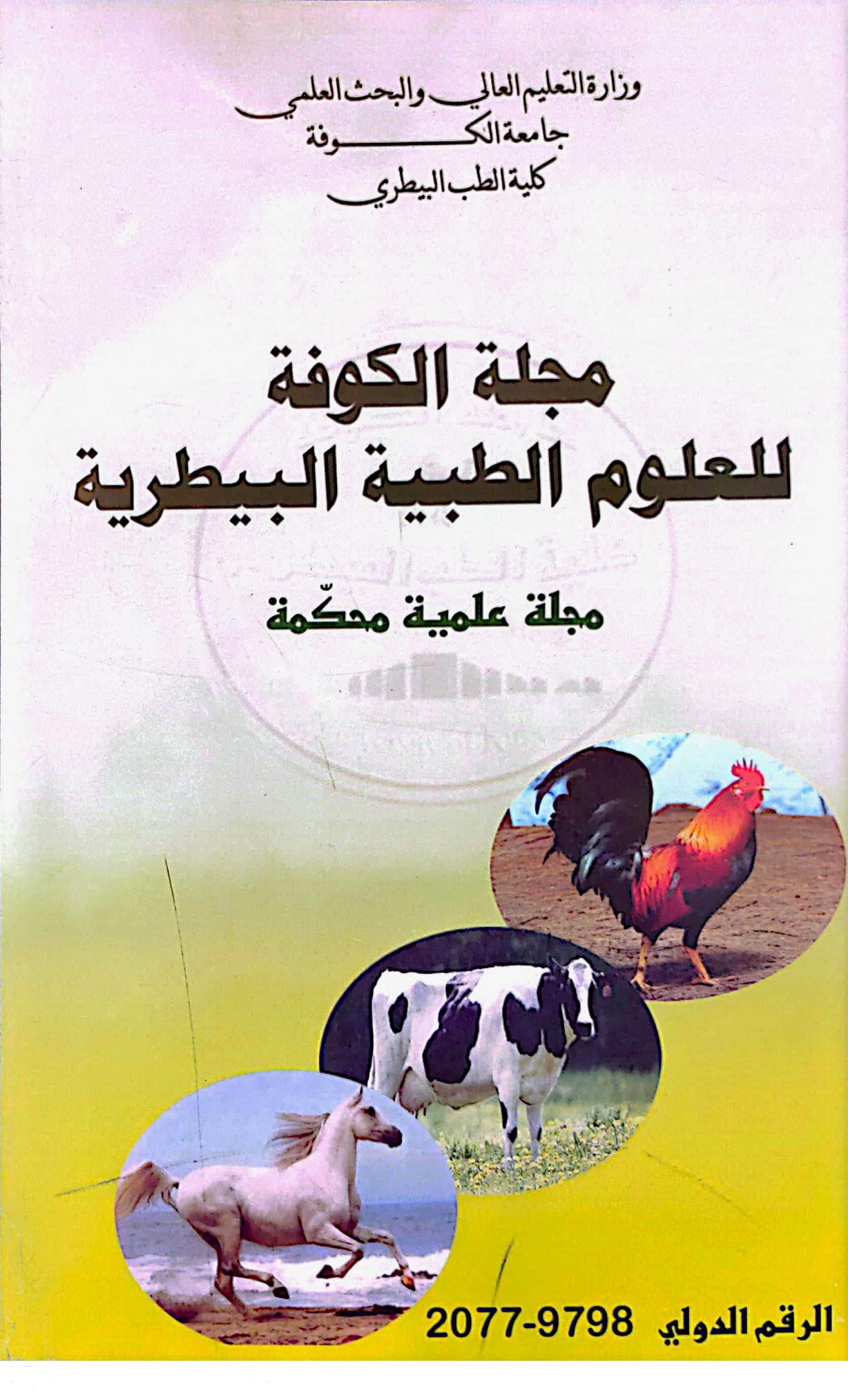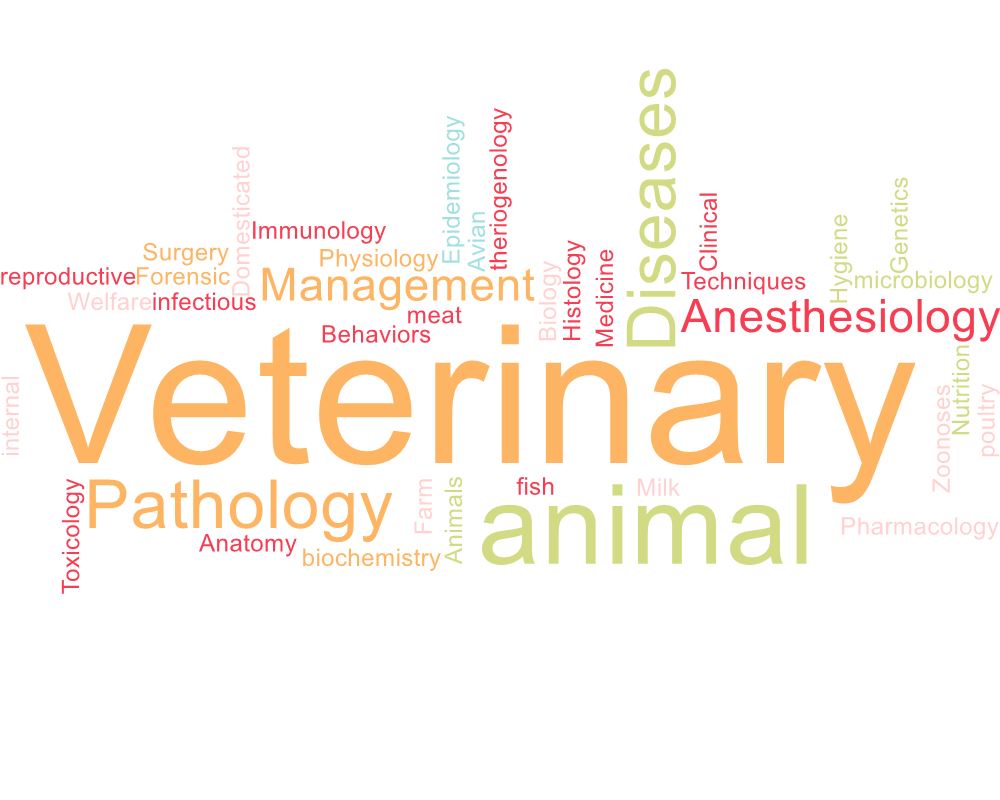Histological and Immunohistochemistry Studies of Syrinx Calcification in the Laying Hens (Gallus gallus domesticus)
DOI:
https://doi.org/10.36326/kjvs/2016/v7i1B4252Keywords:
Calcification, immunohistochemistry method, syrinx, von kossaAbstract
The aim of this study is to detect calcification of syrinx and determination its appearance in four ages of groups of laying hens is a kind red. Using special dyes to detect deposits of calcium salts as well as using immunohistochemistry method, showing that the calcification of the syrinx at the age of 6 months appeared as small calcified foci in the middle part of it only, while part of the tracheal and bronchial of the syrinx did not get in it any calcification. At the age of 18 months, syrinx appeared many calcified foci in the middle part, as well as the emergence of calcification is simple for the first time in the upper part (tracheosyringeal) cartilage of it. With age progress, the syrinx appears fully calcified in the middle part (pessulus) of it, as well as the emergence of calcified spots for the first time in the first three cartilaginous rings of the brochosyringeal cartilage from him.Downloads
Download data is not yet available.
Downloads
Published
2016-10-10
How to Cite
Al- badri, A. M. S. (2016). Histological and Immunohistochemistry Studies of Syrinx Calcification in the Laying Hens (Gallus gallus domesticus). Kufa Journal For Veterinary Medical Sciences, 7(1B), 238–248. https://doi.org/10.36326/kjvs/2016/v7i1B4252
Issue
Section
Articles
License
Copyright (c) 2023 Ahmed Mahdi Saleh Al- badri

This work is licensed under a Creative Commons Attribution 4.0 International License.













